Description
Calamagrostis x acutiflora ‘Karl Foerster’
Feather Reed Grass. This fine variety was named after the distinguished German nurseryman Karl Foerster (1874-1970) who selected and introduced it. It is a sterile hybrid (C.arundinacea x C.epigejos) and forms a narrow column, 60cm high in leaf and 150cm plus in flower. The flower spikes are narrow feathery plumes, purpley green to start, ageing a lovely golden shade in Autumn. They persist well into the Winter. It will tolerate a wide range of soils, including heavy clay and compacted soils. Whilst it prefers a sunny drier site, it will tolerate a wet site well. The first grass to win Perennial Plant of the Year, which it did in 2001
Grasses
All grasses fall into one of two categories, the cool season grasses and the warm season grasses. This refers to the time at which they are in active growth and is a reflection of their underlying biology. It makes a difference to the gardener in that it points to the time of year when it best to propagate and plant your grass. It is most relevant to the warm season grasses which are in active growth only from later in Spring through Summer. They particularly resent being split outside of their active growing season. Warm season grasses include Hakonechloa, Imperata, Miscanthus, Panicum and Pennisetum. Cool season grasses include Calamagrostis, Carex, Deschampsia, Festuca, Hordeum and Molinia.
The Cool season grasses are more correctly the C3 grasses, reflecting the fact that they fix carbon from the atmosphere into an initial 3 carbon molecule. This is the metabolic pathway that was earliest to develop and is used by most plants. It uses light to combine Carbon Dioxide and Water with ribulose bisphosphate (a 5 carbon compound) to form 2 molecules of 3-phosphoglycerate, a 3 carbon molecule. It works best under cooler conditions. Unfortunately, this has the disadvantage that the enzyme that moderates the reaction also wastefully combines some Oxygen instead of Carbon Dioxide.
In a later development, the C4 pathway evolved in grasses in warmer climates. They still posses the C3 pathway but also use a method of combining ribulose bisphosphate into a 4 carbon product. This, however requires higher concentrations of Carbon Dioxide which the plants achieve by concentrating it in specialised structures called Krantz Anatomy. This process can fix more carbon from the atmosphere but requires additional energy to concentrate the Carbon Dioxide. Hence it is only possible in warmer conditions.
Photosynthesis
For those interested, these pathways are 2 of only 3 pathways used to fix carbon from the atmosphere. They therefore create the overwhelming majority of food on Earth by turning the Sun’s energy into biomass. ( The chemical degradation of sulphur compounds around deep sea vents creates a minor amount of biomass). The 3rd method of Carbon fixing is CAM or Crassulaceous Acid Metabolism which is described under the entry on Sedums. It is method that allows Carbon trapping under much drier conditions.

















































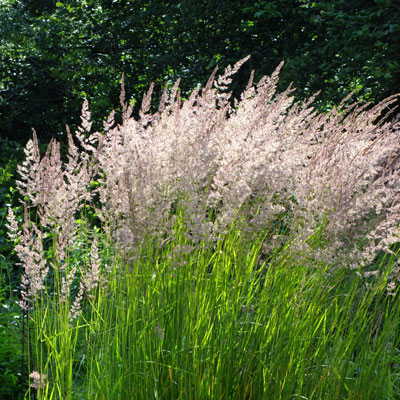

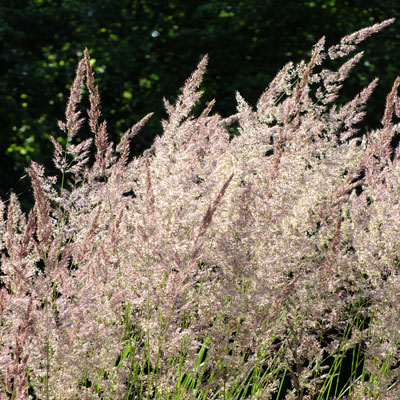
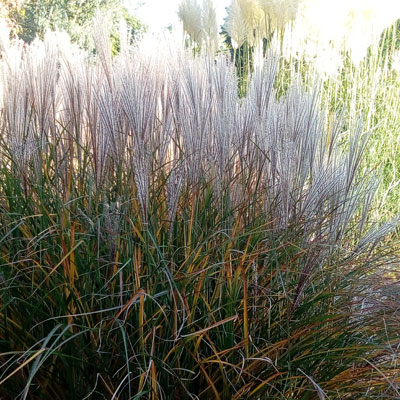
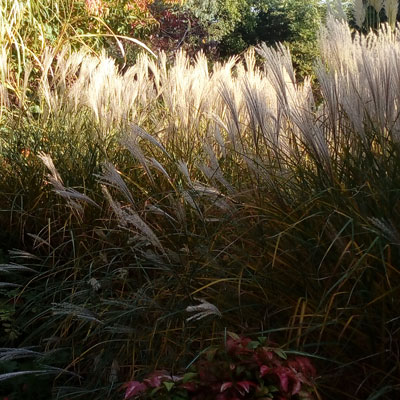
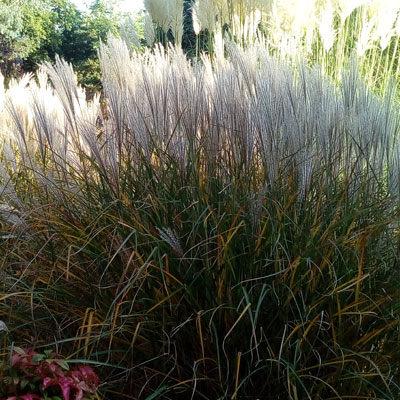

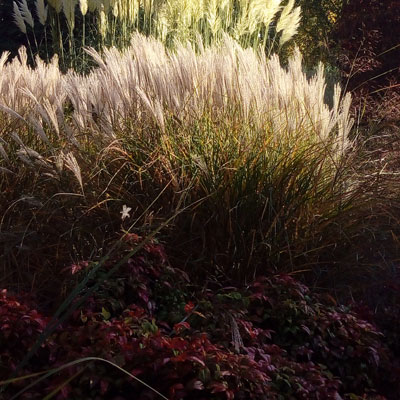
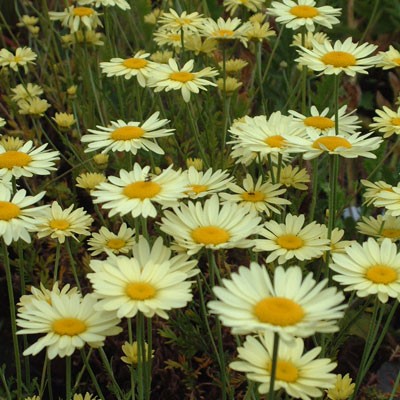
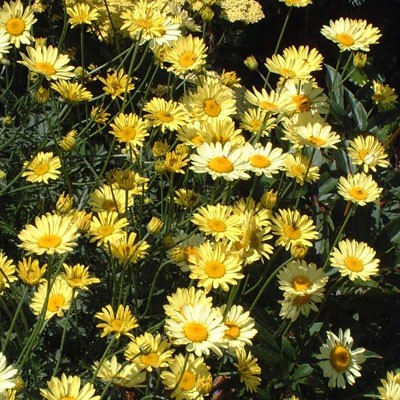

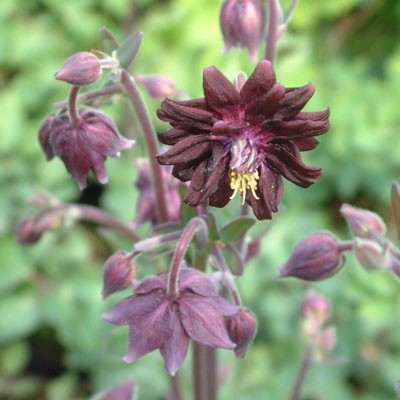
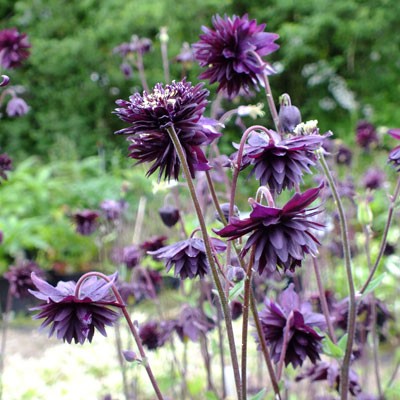
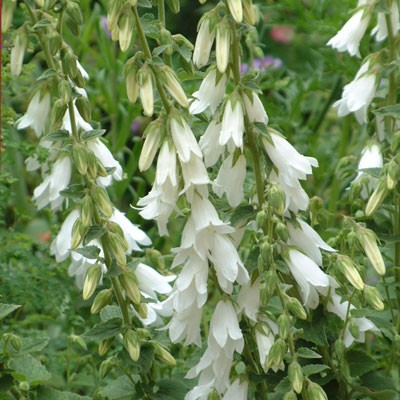

Reviews
There are no reviews yet.